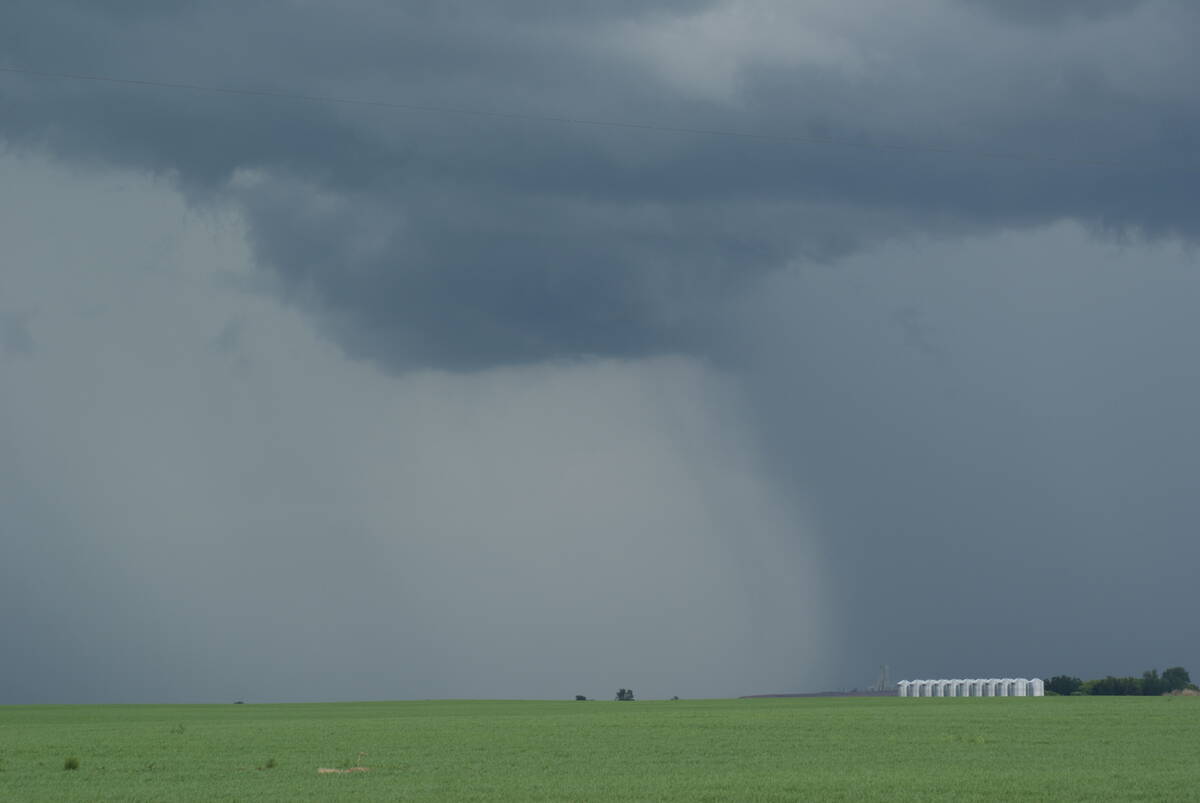Why do political parties attack each other instead of co-operating pleasantly? After all, every party shares the same official commitment to economic growth, job creation, alleviating poverty and reducing crime.
The trouble is, as the old saying goes, the devil is in the details. One party’s prescription for economic growth is, to another, a recipe for disaster.
So it is no surprise that candidates for wheat board directorships have found a lot to disagree about even though all seem to support a strong, efficient board that helps farmers’ bottom lines.
Read Also

Canadian farmers need new tools to support on-farm innovation
Farmers need a risk management buffer that actually works and investment that drives advancements forward if Canada is to build resilience.
Not only are there many different perceptions of how to achieve that goal, but also different definitions of the options.
“Dual market” can mean different things to different people. To some, it carries a vision of farmers having the option to sell either to the Canadian Wheat Board, or to grain companies who would find their own export customers, or directly to domestic and foreign buyers.
To others, “dual market” is simply a euphemism for the open market. The CWB would in effect be just one of scores of companies buying grain in Canada.
Those scores of companies would compete among themselves to see who could offer the best (i.e., lowest) price to overseas buyers.
In this scenario, the CWB would have little reason to exist. Without its own elevator system, it would soon vanish.
But even if the wheat board maintains its monopoly on export wheat, the “dual market” option is not yet dead.
There is some interest in the concept of having the CWB offer a cash-pricing option to farmers.
The board would still get all the wheat, but farmers could choose whether to participate in the pool, getting interim and final payments, or to simply take one cash price at time of delivery.
This is where things get complicated.
There would be no point in having that option unless the cash price was significantly higher than the initial payment.
That could expose the board – and perhaps its price pools – to financial risk. This would be especially true if farmers could deliver all their wheat on a cash basis, instead of just a small fraction.
It could be even worse.
Some proposals would require the CWB to offer a cash price linked to U.S. commodity exchanges. If those prices temporarily soared to unsustainable levels because of speculative pressure or other reasons, could the CWB be forced to take grain at prices higher than those it could get on sales later in the year?
Such an outcome could be considered another form of “dual marketing,” although with different disadvantages. (Or advantages, for those who like it.)
And there are yet more options – for example, allowing farmers to get all their cash at time of delivery by selling a third party (by definition, a speculator) their right to the final payment.
The devil is in the details.














